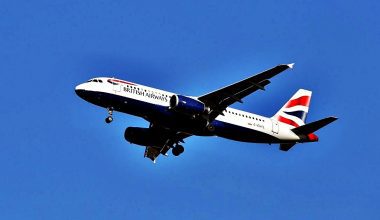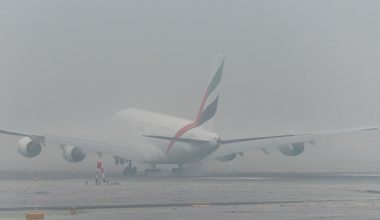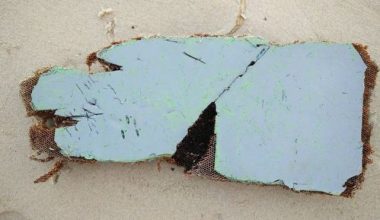A Singapore Airlines flight was enforced to terminate the approach to landing and do a “go-around”. The airlines finally landed at the allocated runway after nine minutes behind the scheduled time. The flight in question was SQ422 operating an Airbus A350 from Singapore to Mumbai carrying 245 passengers and 14 crew on board.
“Due to poor visibility conditions, the runway approach lights were sighted at approximately 1500 feet above ground level. However, due to the early morning sun in their eyes, the pilots were not able to maintain the runway approach lights visually and discontinued the approach to Runway 09 at approximately 1000 feet, in accordance with standard operating procedures,” said a statement from Singapore Airlines.
In the statement, the airline credited the incident to “poor” visibility while Air Traffic Control (ATC) source said that the go-around took place as the pilot mistook the Juhu airport runway for the assigned runway 09 of the Chhtarapati Shivaji International Airport (CSIA).
The Juhu airport has a shorter runway than the Chhatrapati Shivaji airport and is 1 Km apart. Landing on the wrong runway would have resulted in an overrun.
The pilots of a Singapore Airlines (SIA) flight to Mumbai did not try to land in the wrong airport, the airline added.
The ATC’s charge has been denied by the airline. “The ATC Mumbai then vectored the flight for a subsequent approach onto runway 09 and the flight landed uneventfully at 1044 hours. At no time did the pilots of SQ 422 mistake Juhu airport as Chhatrapati Shivaji International Airport,” it added.
”After the aircraft was noticed moving towards Juhu airport runway, the SIA flight was asked to do a go-around” said the ATC source.
The Instrumental Landing System (ILS) was not available at that point of time and approach procedures were being carried out using VORs (Very High-Frequency Omni directional Range) navigational aid.
“As a Standard Operating Procedure, if a pilot has failed to sight the runway when on approach, he is asked to do a go-around. For a non-ILS approach, the required aerodrome operating minima is always more than for an ILS approach but then it depends on the operator as well as the type of aircraft in operations. In any case, our radars are there and any deviation is immediately communicated to the pilot to take corrective measures,” the source said.






